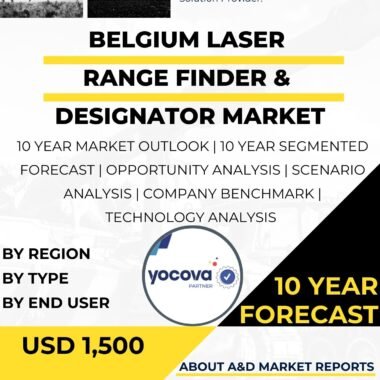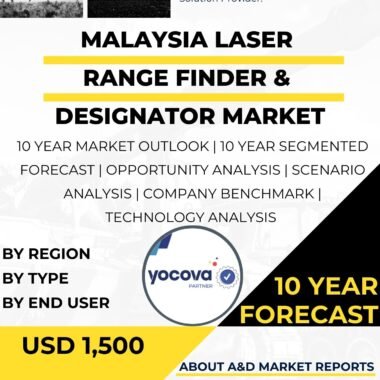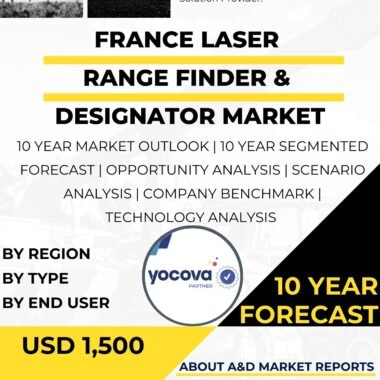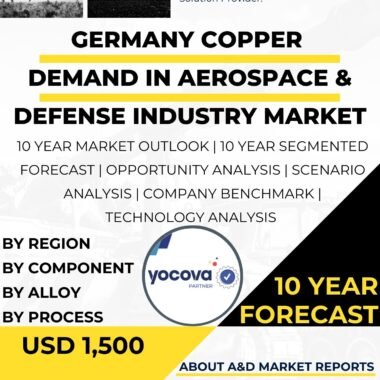Description
Japan’s aerospace and defense industry has a substantial demand for copper, underlining the nation’s commitment to technological innovation, defense modernization, and the production of advanced military and aerospace equipment. Copper, renowned for its excellent conductivity, durability, and corrosion resistance, plays a critical role in the development of aircraft, spacecraft, naval vessels, armored vehicles, and a wide range of defense components.
In the aerospace sector, Japan’s demand for copper is driven by its dynamic aerospace industry, which manufactures an array of components such as wiring harnesses, electrical connectors, and propulsion systems. Copper’s exceptional electrical conductivity makes it an ideal material for electrical and electronic systems in aircraft and spacecraft. Japan actively incorporates advanced copper alloys and manufacturing techniques to meet the rigorous standards of modern aviation, thus boosting the demand for copper.
The defense sector in Japan relies heavily on copper for various applications, including ammunition casings, shell casings, and electrical components in military equipment. The nation’s defense modernization initiatives have led to the development of sophisticated military equipment that depends on copper components for their reliability and functionality. Copper’s electrical conductivity and resistance to corrosion make it a preferred material for electrical connections and ammunition manufacturing.
Japan’s commitment to technological innovation further propels the demand for copper in the aerospace and defense sectors. The nation invests in research and development to create copper alloys with enhanced properties, including improved strength, thermal conductivity, and resistance to extreme conditions. These innovations not only cater to the specific needs of the aerospace and defense industries but also position Japan as a leader in advanced copper alloy technology.
Additionally, Japan actively engages in international defense collaborations and partnerships within the aerospace and defense sectors. These collaborations facilitate the exchange of expertise, technology, and materials, including copper, contributing to Japan’s ability to produce cutting-edge aerospace and defense equipment that meets global standards.
In conclusion, Japan’s growing demand for copper in the aerospace and defense industry is driven by its commitment to technological advancement, defense modernization, and the production of advanced military and aerospace equipment. Copper’s unique properties, particularly its electrical conductivity, make it an indispensable material for various applications, from electrical systems in aircraft to ammunition manufacturing. Japan’s investment in research and development, along with its international collaborations, solidifies its position as a key player in the global aerospace and defense copper market.
Table of content
Table Of Contents
1 Market Introduction
1.1 Market Introduction
1.2 Market Definition
1.3 Market Segmentation
1.4 10 Year Market Outlook
2 Market Technologies
3 Global Market Forecast
3.1 Global Market Forecast
3.2 By Component
3.3 By Process
4 APAC Market Trends & Forecast
4.1 Drivers, Restraints And Challenges
4.2 PEST
4.3 Market Forecast
4.3.1 Market Forecast By Component
4.3.2 Market Forecast By Process
4.4 Scenario Analysis
4.5 Key Companies& Profiling
5 Japan Analysis
5.1 Current Levels Of Technology Maturation In This Market
5.2 Market Forecast
5.2.1 Market Forecast By Component
5.2.2 Market Forecast By Process
5.3 Scenario Analysis
5.4 Country Defense Budget (Historical and 10- year forecast)
5.5 Defense Budget Category Spending- 10- year forecast
5.6 Procurement Analysis
5.7 EXIM Data
5.8 Patents
6 Opportunity Matrix
6.1 By Component
6.2 By Process
7 Scenario Analysis
7.1 Scenario 1
7.1.1 By Component (Scenario-1)
7.1.2 By Process(Scenario-1)
7.2 Scenario 2
7.2.1 By Component (Scenario-2)
7.2.2 By Process(Scenario-2)
8 Company Benchmark
9 Strategic Conclusions
10 About Aviation And Defense Market Reports
List of Tables
Table1: Global Market Forecast, Copper demand in Aerospace & Defense Industry
Table2: APAC Market Forecast, Copper demand in Aerospace & Defense Industry
Table3: APAC Market Forecast, By Component
Table4: APAC Market Forecast, By Process
Table5: APAC, Scenario Analysis
Table6: Japan Market Forecast, Copper demand in Aerospace & Defense Industry
Table7: Japan Market Forecast, By Component
Table8: Japan Market Forecast, By Process
Table9: Japan, Scenario Analysis
Table 10: Japan Defense Budget 10 Year Forecast
Table 11: Japan, Defense Budget Category Spending- 10- year forecast
Table 12: Japan, Procurement Analysis
Table 13: Japan, EXIM Data Analysis
Table 14: Japan, Opportunity Analysis, By Component
Table 15: Japan, Opportunity Analysis, By Process
Table 16: Japan, Scenario Analysis, By Component
Table 17: Japan, Scenario Analysis, By Process
Figure 1: Market Segmentation, Japan Copper demand in Aerospace & Defense Industry
Figure 2: Key Technology Analysis, Copper demand in Aerospace & Defense Industry
Figure 3: Global Market Forecast, Copper demand in Aerospace & Defense Industry
Figure 4: APAC, Market Forecast, Copper demand in Aerospace & Defense Industry
Figure 5: APAC, Market Forecast, By Component
Figure 6: APAC, Market Forecast, By Process
Figure 7: APAC, Scenario Analysis
Figure 8: Japan, Market Forecast, Copper demand in Aerospace & Defense Industry
Figure 9: Japan, Market Forecast, By Component
Figure 10: Japan, Market Forecast, By Process
Figure 11: Japan, Scenario Analysis
Figure 12: Japan, Defense Budget 10 Year Forecast
Figure 13: Japan, Defense Budget Category Spending- 10- year forecast
Figure 14: Japan, Procurement Analysis
Figure 15: Japan, EXIM Data Analysis
Figure 16: Japan, Opportunity Analysis, By Component
Figure 17: Japan, Opportunity Analysis, By Process
Figure 18: Japan, Scenario Analysis, By Component
Figure 19: Japan, Scenario Analysis, By Process
Figure 20: Company Benchmark




